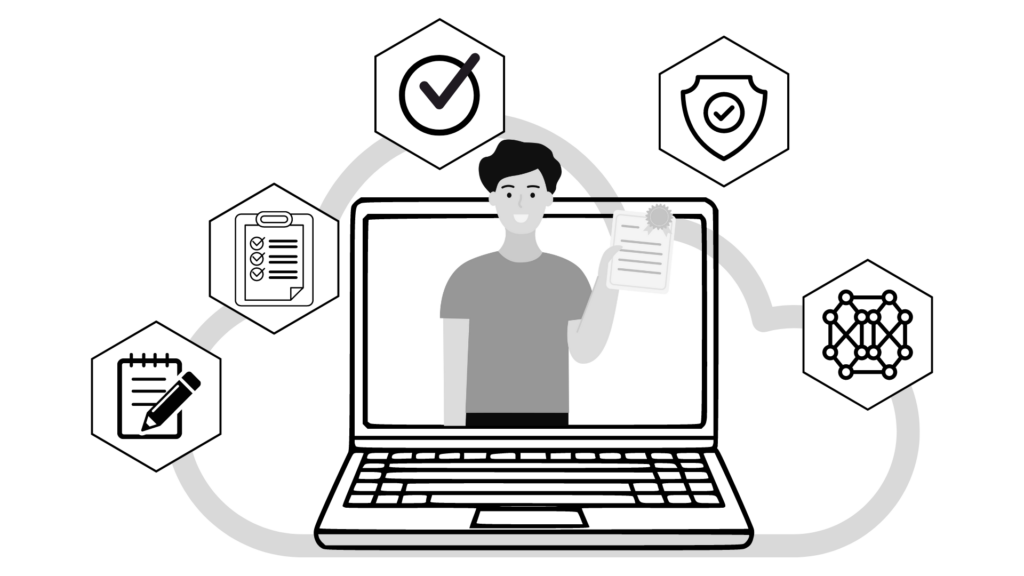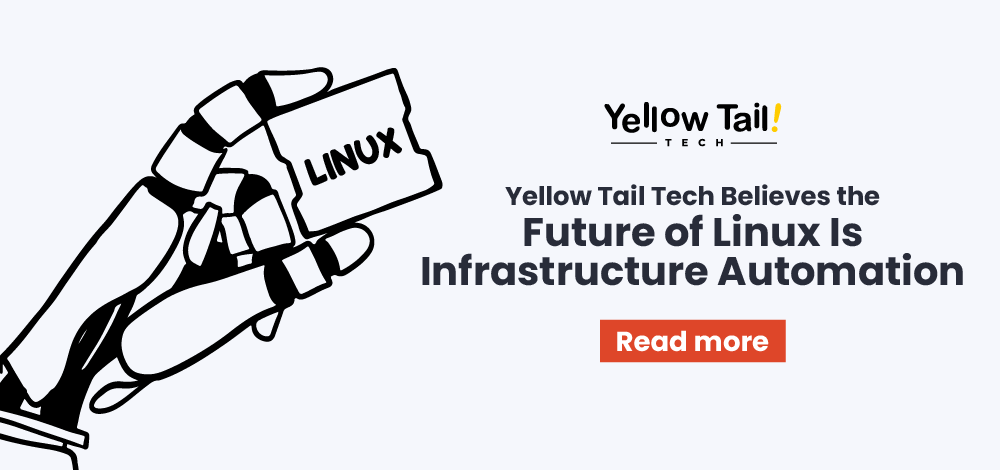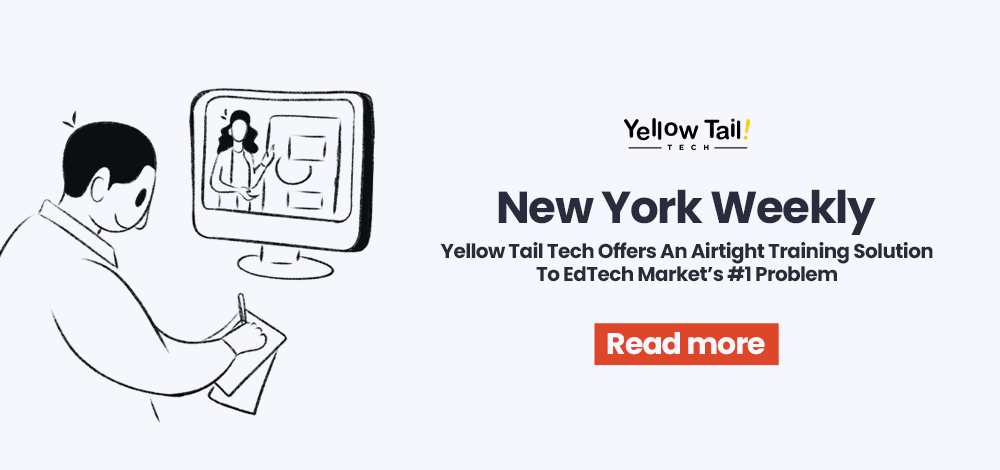In operating systems, three essential elements come together in Linux: security to protect, reliability to perform, and flexibility to adapt, creating a winning combination. Its architecture and open-source nature make it a go-to for many use cases. From servers to embedded systems to being the backbone of mobile devices through Android. But beyond its popularity, why does Linux security matter? There’s no better time than now to unearth the essential factors driving this pressing issue – so, what are they?

Open Source Foundation
The open source operating system foundation of Linux is important in shaping its formidable security posture. Unlike proprietary software systems where security risks may lurk unnoticed, Linux’s source code is openly accessible, inviting scrutiny from a global community of linux users, microsoft developers, researchers, and enthusiasts.
Fostering Collaboration, Accountability, and Resilience in Cybersecurity
This transparency creates a culture of collaboration and accountability where security bugs are found and fixed by everyone. The rapid response to security threats is enabled by this collaborative model, so security patches can be developed and deployed quickly to mitigate risk. And because Linux is an open source software, users can verify the software packages they rely on, ensuring Linux system security. This openness also enables innovation and adaptability.
Customizability and Control
Linux’s customizability and control over system configurations are among its most significant strengths in Linux security. Administrators have unparalleled flexibility to tailor Linux security measures precisely to their organization’s needs and preferences. Whether deploying Linux on Linux desktops, embedded devices with limited resources, or on server os/server management that handles sensitive data, the ability to customize every aspect of the Linux operating system is invaluable.
Diverse Ecosystem of Distributions
At the heart of Linux’s customizability lies its diverse ecosystem of Linux distributions. Each offers unique features and configurations suited to specific use cases. Administrators can choose from various distributions ranging from lightweight, minimalistic options like Alpine Linux for resource-constrained environments to robust, enterprise-grade distributions like Red Hat Enterprise Linux (RHEL) for mission-critical applications. This diversity ensures that organizations can select a Linux distribution that best aligns with their security features requirements, whether optimizing for performance, stability, or Linux system security.
Details of System Configuration
Once you’ve chosen a distribution, administrators can now get into the system configurations. Safeguard your linux based systems by strategically tweaking security features to combat lurking security threats. When securing your system, Linux has got you covered with a robust set of utilities that address authentication, access permissions, filtering, and encryption – the works! Advanced mandatory access control (MAC) frameworks like Security-Enhanced Linux (SELinux) add to Linux’s security by enforcing mandatory access control policies and isolating processes to limit the damage of a system compromise.
Strong Foundation in Security Principles
Linux’s strength in Linux security lies in its solid foundation built upon a rich industry of Linux security principles ingrained into its core component architecture. At the heart of Linux’s security posture are its robust security features, including mandatory access controls, discretionary access controls (DAC), and secure multi-user environments that protect user files and user accounts.
Mandatory Access Controls
Mandatory access control (MAC), exemplified by frameworks like SELinux and AppArmor, enforce strict rules governing file access to system resources. Forget traditional Unix permissions – these advanced controls let administrators handpick exactly which processes can interact with specific system level operations. With root access restricted by pre-set rules, gain unauthorized access and privilege escalation are dramatically reduced, beefing up the secure operating system defenses.
Discretionary Access Controls
Complementing mandatory access control are discretionary access controls, which empower Linux users with the flexibility to define access permissions for their own files and resources. Linux implements discretionary access controls through file system permissions, enabling Linux users to set read, write, and execute permissions for files and directories based on ownership and group membership. While DAC provides autonomy, mandatory access control often supplements it for enhanced Linux security.

Resilience to Malicious Exploits
Linux’s resilience to security incidents is deeply rooted in its design philosophy, which places a premium on stability, reliability, and Linux security. Unlike some proprietary software that might prioritize convenience at the expense of security, Linux balances robust security features with usability. This helps mitigate Linux malware, brute force attacks, and failed login attempts, minimizing the chances of system compromise.
Proactive Approach to Security
Linux’s resilience is forged in the fire of Linux security, where code is battle-tested, reviewed, and polished to a high shine, keeping security bugs at bay. By its nature, open source operating system Linux fosters a culture of openness, enabling a diverse community to identify and address security threats. This collective effort results in a secure os that can withstand various security threats, including data breaches and Linux malware attacks.
Decentralized Development Model
Linux benefits from a decentralized development model with multiple Linux distributions and repositories contributing to its ecosystem. This diversity acts as a defense mechanism against security incidents, reducing the likelihood of a single point of failure compromising the entire system.
Community-driven Security Ecosystem
Behind the platform’s robust linux security is a collective of developers, researchers, and enthusiasts collaborating daily. It’s about advancing linux system security and ensuring secure than windows functionality through collaboration and transparency.
Development of Security-focused Distributions
Another key part of the community is the development of security distributions, which are linux distributions tailored for specific linux system security needs. Examples include Debian Security, Ubuntu Security, and CentOS Secure. These security distributions focus on security patches, vulnerability fixes, and system hardening, bolstering the platform’s defenses against security incidents and security threats.
Antivirus for Linux, Linux Firewall, and Linux Virus Protection
For optimal linux system security, organizations need to implement antivirus for linux solutions. While many assume linux based systems are immune to threats, linux virus protection is essential to guard against linux malware and security threats. Advanced antivirus for linux tools help detect and eliminate security bugs that could compromise user files and sensitive data.
Alongside antivirus for linux, deploying a linux firewall is crucial. A properly configured linux firewall protects network security by controlling system resources and blocking unauthorized root login attempts. Combining a linux firewall with intrusion detection systems and antivirus for linux offers comprehensive linux virus protection against brute force attacks, failed login attempts, and potential data breaches.
Whether you are configuring a web server, mail clients, or linux desktops, integrating linux firewall, linux virus protection, and antivirus for linux ensures robust linux security for your entire system.
Extensive Databases of Vulnerabilities and Security Advisories
Additionally, the community maintains extensive databases of vulnerabilities and security advisories. Such as the National Vulnerability Database (NVD) and the Common Vulnerabilities and Exposures (CVE) system. Users gain a distinct advantage by tapping into these resources, staying one step ahead of security threats and quickly responding to potential dangers. In the face of shared threats, OpenSSF promotes strength in numbers, fostering a culture of collaboration and free-flowing information to stay one step ahead.
Want to forge your career as a Linux admin? Check out this Forging Your Linux Admin Career Path: Career Advancement Tips and Advice Article!
Conclusion
With the security threats landscape shifting rapidly, one constant remains: the need for strong, reliable Linux system security that can withstand modern cyberattacks. As organizations move to the cloud, Linux benefits such as secure os status, low level user permissions, and mandatory access control frameworks become indispensable.
Shield your Linux systems by prioritizing system hardening, configuring Linux firewall settings, monitoring ssh service activity, and ensuring antivirus for Linux and Linux virus protection are in place. Don’t leave Linux kernel and package managers outdated, apply timely security patches and conduct regular security audits.
Book a 10-minute intro call with us today at Yellow Tail Tech. Uncover our diverse program offerings, and accelerate your path to mastering Linux System Administration in no time!
Frequently Asked Questions
- Why is Linux considered more secure than other operating systems?
Linux’s open-source code allows global review and fast patching of vulnerabilities. It also features strong controls like SELinux, AppArmor, file permissions, and a decentralized development model, making it harder for threats to spread unnoticed. - Do Linux systems need antivirus and firewalls?
Yes. Linux is secure, but not invincible. Using antivirus, a firewall, and intrusion detection tools helps defend against malware, brute force attacks, and unauthorized access, especially on servers and business networks. - How does Linux’s flexibility enhance security?
Linux lets admins fine-tune security settings based on needs—from lightweight devices to enterprise servers. Choosing the right distribution and configuring access controls, firewalls, and services helps lock down the system. - What are security-focused Linux distributions?
These are pre-hardened versions of Linux like Debian Security or Ubuntu Security, built with frequent patches and secure defaults—ideal for reducing manual security setup in critical environments.






